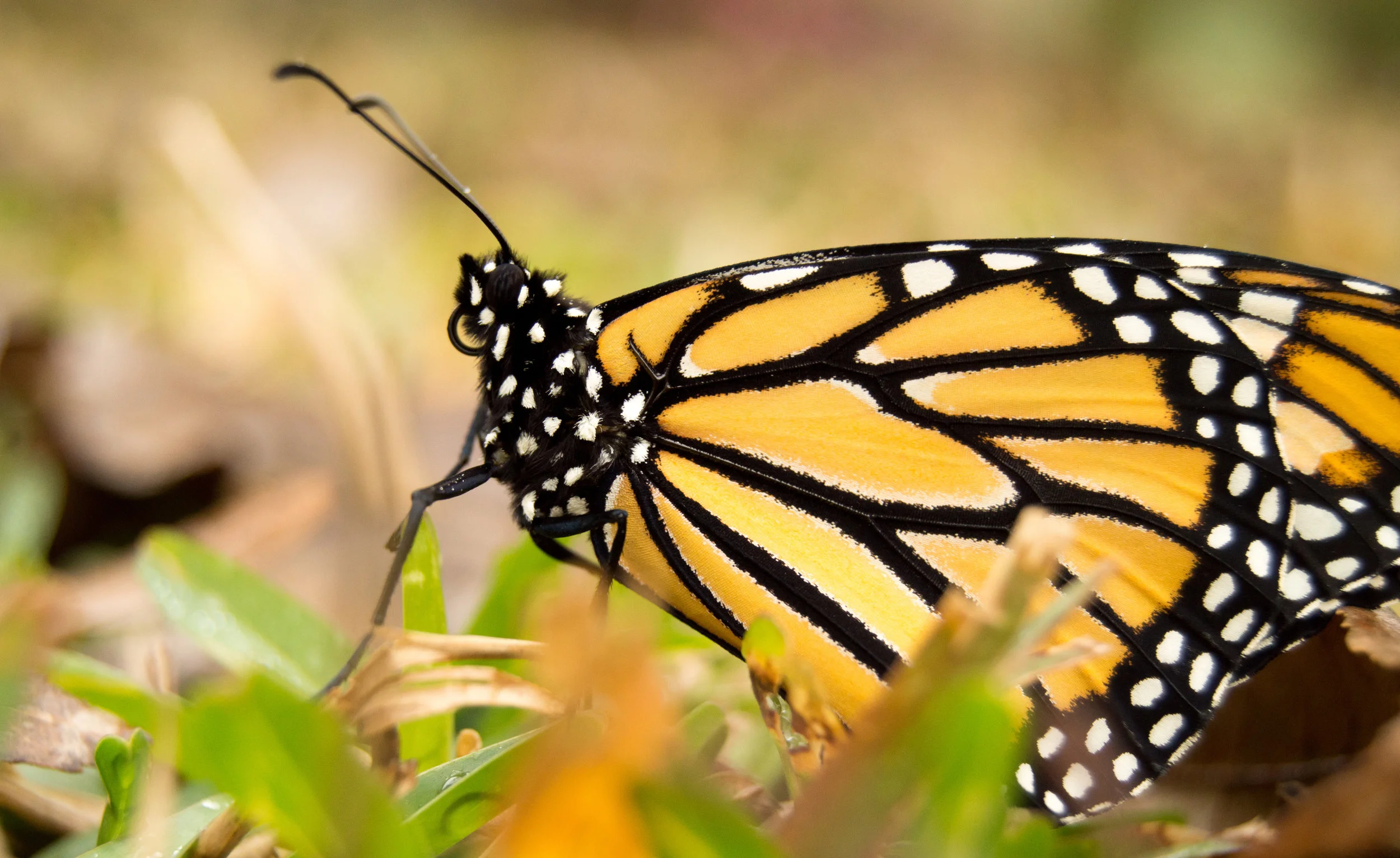An Indescribable Sound: Lessons from a Raven by Alessandra SImmons
/The silhouette of a dark bird flew over, the white winter sky bright behind it. I could hear the thrum of its wings and its call. A sound I had never heard before. It sounded circular. Like bubbles rising. No matter how hard I tried to imitate it when I got home I could not. Though the bird’s shape appeared corvid, I assumed it must have been a different kind of bird. For I have heard raven’s caw and crackle. This was so different from those bellicose laughs; it was ethereal.
Then, I forgot about this bird and its mysterious sounds until a month later when I was walking again on the section of the same street. This time I could see the bird perched at the top of the trees. Opening his mouth, the familiar gurgly caws of a raven or crow. (For the life of me, I can never remember the defining features of crows vs ravens in the moment of actually seeing one.)
But, then, in an instant the call changed to the magical weightless noises I had heard before. As we approached the bird interchanged the caw for a ringing bell in his throat. Then it flew away.
This time when I got home, I started googling. Sounds of Ravens. Sounds of crows. Of all the sounds on the Cornell birds page only one approached the magic I had heard in the tree that day. I emailed my birds gurus—Kristen and Eric—to help me understand what I am hearing—since Google was not forthcoming enough.
They were generous with their time and answer. With access to a member’s only bird resource through Cornell called “Birds of the World,” we learned “the total vocal repertoire may be virtually limitless.” Kristen went on…“What’s interesting is that there’s a lot still unknown about raven calls, esp. since they can vary locally (birds can have dialects too, which is fascinating) and even among individuals. Ravens can also mimic non-bird sounds.”
Ravens make a variety of croaking calls, but researchers have also noted “knocking, bell-like, hiccup, dripping, woo-woo, and toot calls of unknown function” as well as “growls” “whines” “screams” and “honks.” None of these descriptions are fitting for the gossamer sound I heard, but now I know it’s because their vocabulary is more expansive than ours. (Note: I will bake cookies for any birder who records this magical raven noise so we can study it together and try to find the words to describe it. Both times I encountered this bird, I was walking on the north end of Main Road.)
So, ravens have dialects, are accomplished imitation artists, communicate with family members and neighbors in sounds indecipherable to humans, with messages not meant for us. As I learned more about ravens, I was humbled by all that I didn’t know. And worse yet— all that I had assumed. I believed the little I knew about ravens was all that they had to offer. How often do I make these kinds of assumptions?
Columnist Alessandra Simmons is a poet and gardener. “Everyday nature” is sponsored by the Washington Island Art and Nature Center. The Art and Nature Center is dedicated to the promotion, preservation and understanding of the creative arts and natural history of Washington Island.

